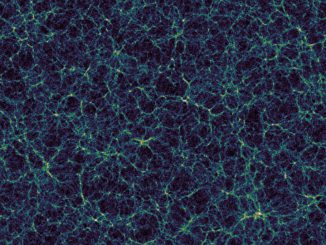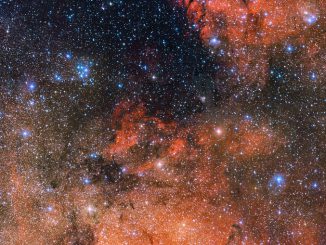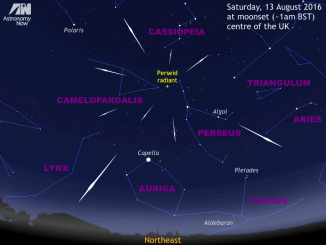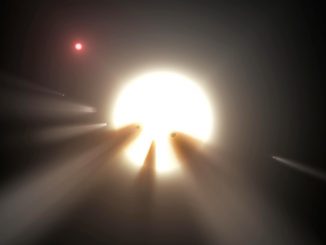
Live coverage: Falcon 9 rocket counting down to launch tonight
For the second time this year, SpaceX is preparing to launch a commercial communications satellite for Tokyo-based SKY Perfect JSAT Corp. early Sunday. A Falcon 9 rocket is set to blast off at 1:26 a.m. EDT (0526 GMT) from Cape Canaveral with the JCSAT 16 satellite to relay data and video across Japan and the Asia-Pacific. A first stage landing attempt will follow in the Atlantic Ocean a few minutes later.









